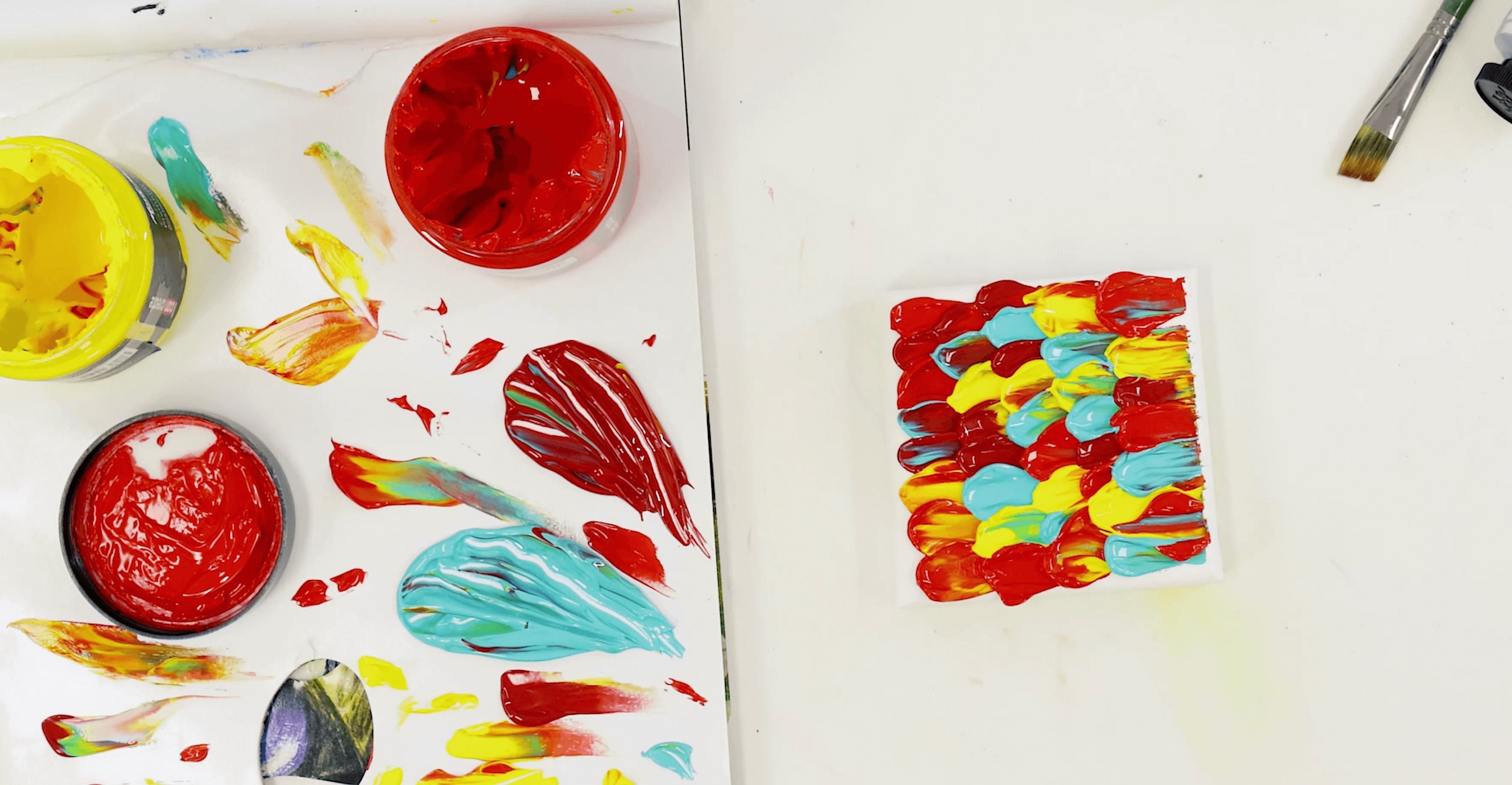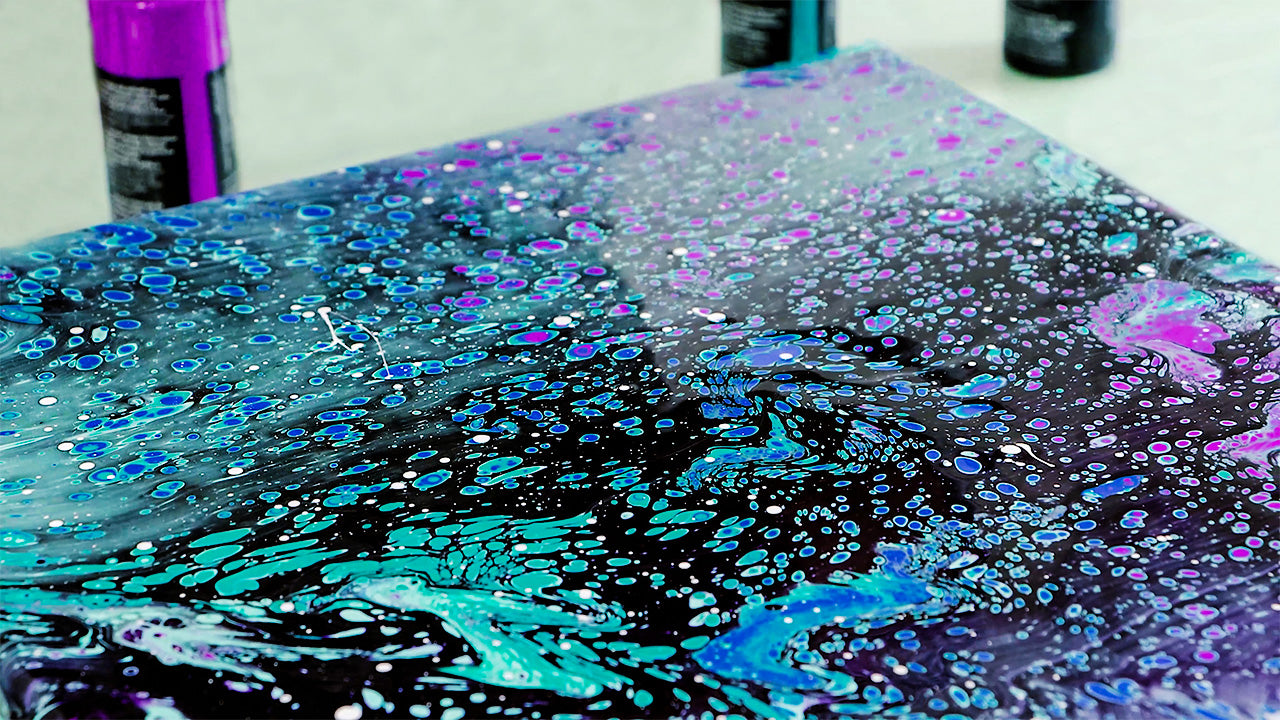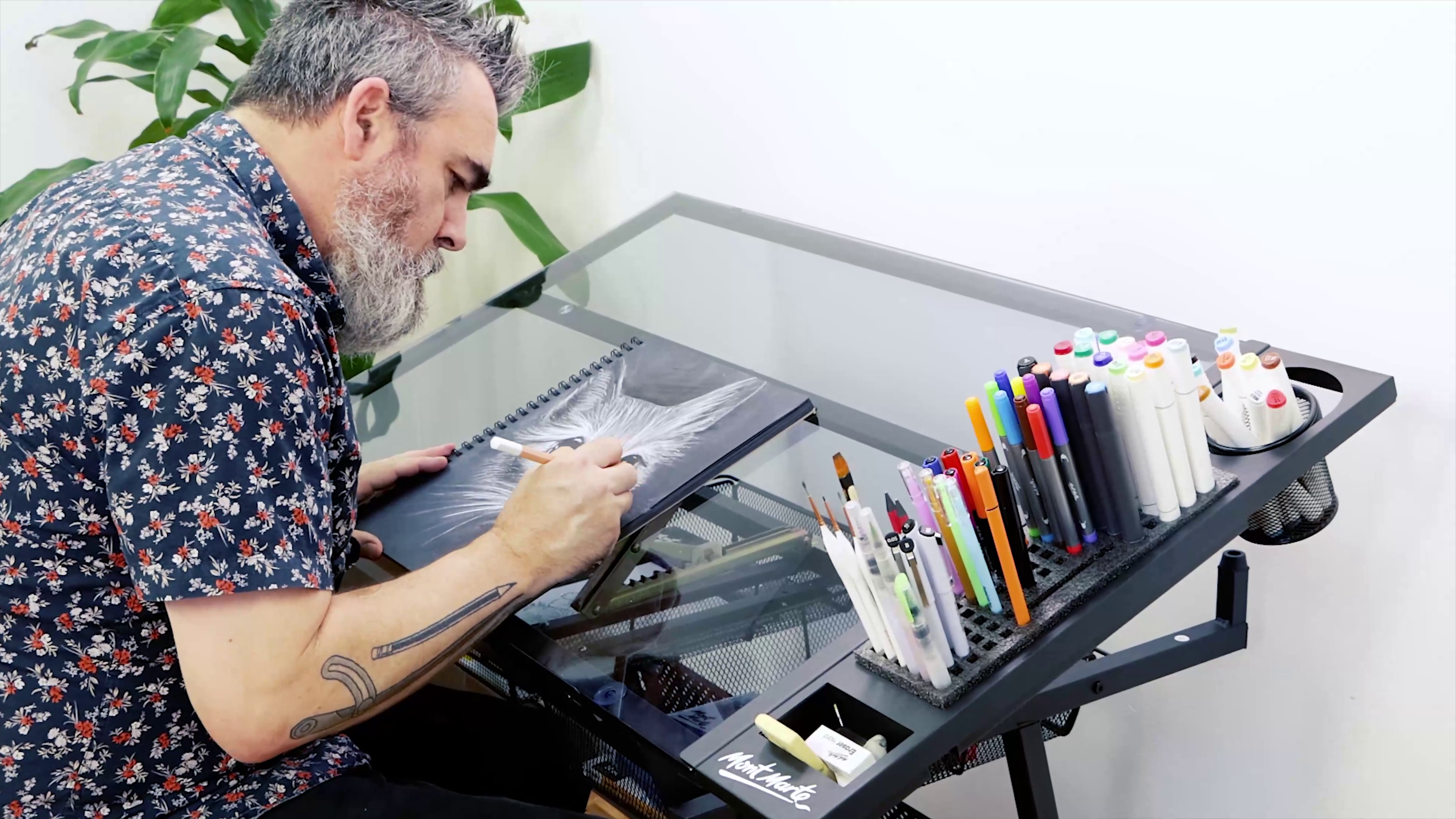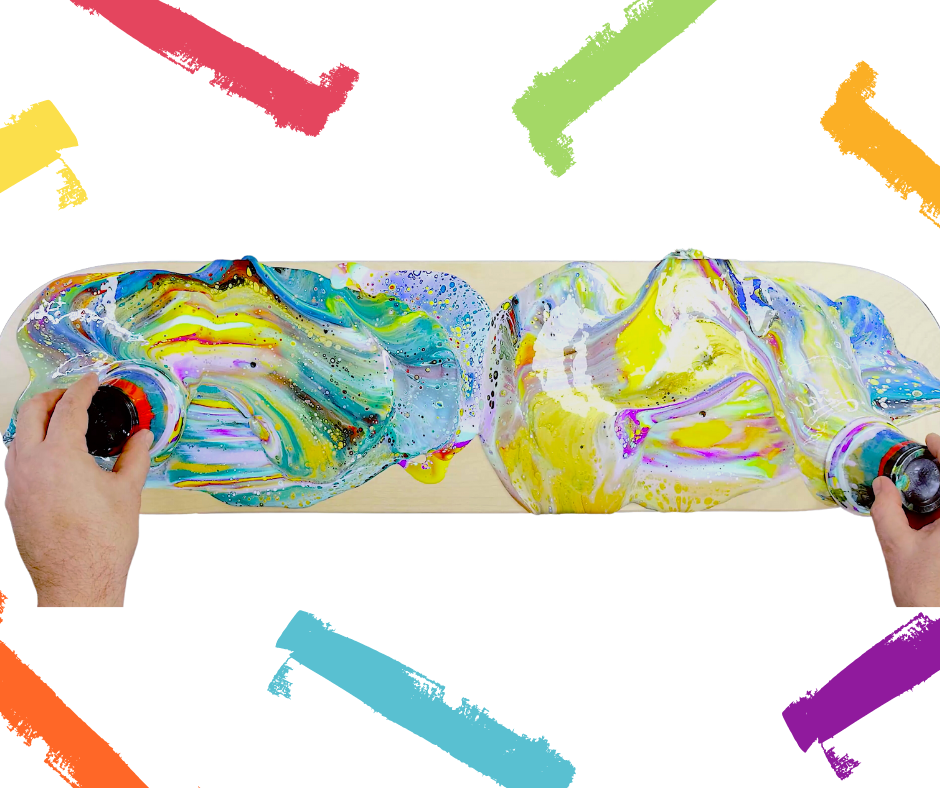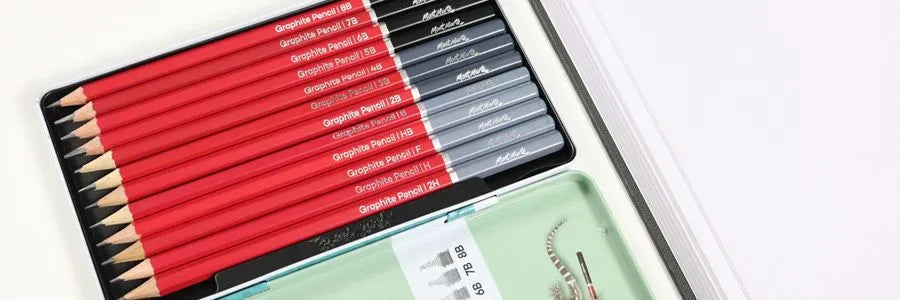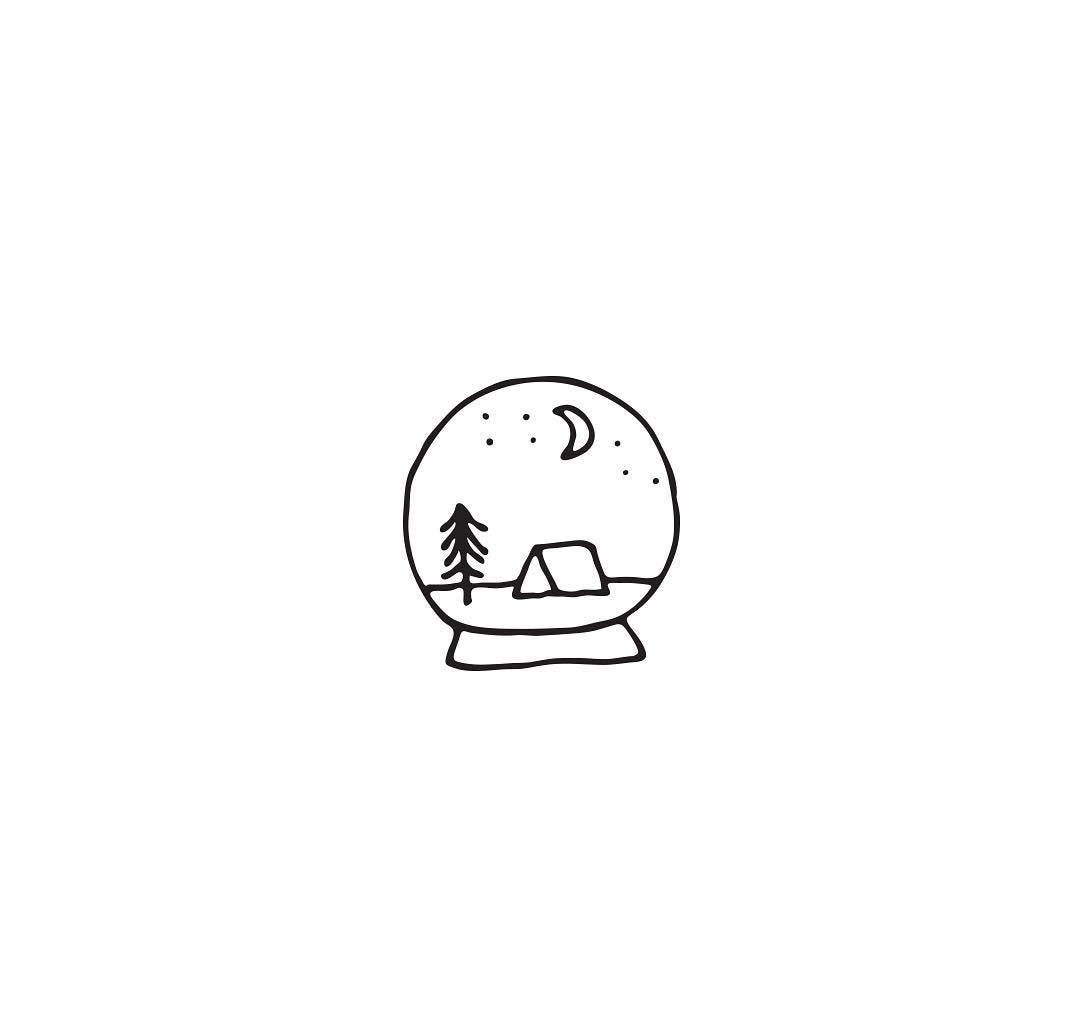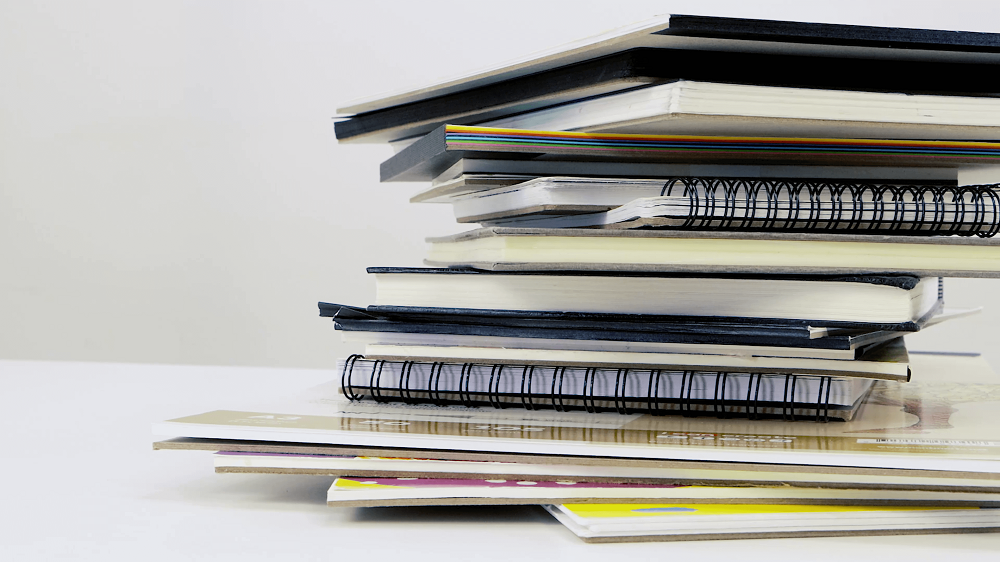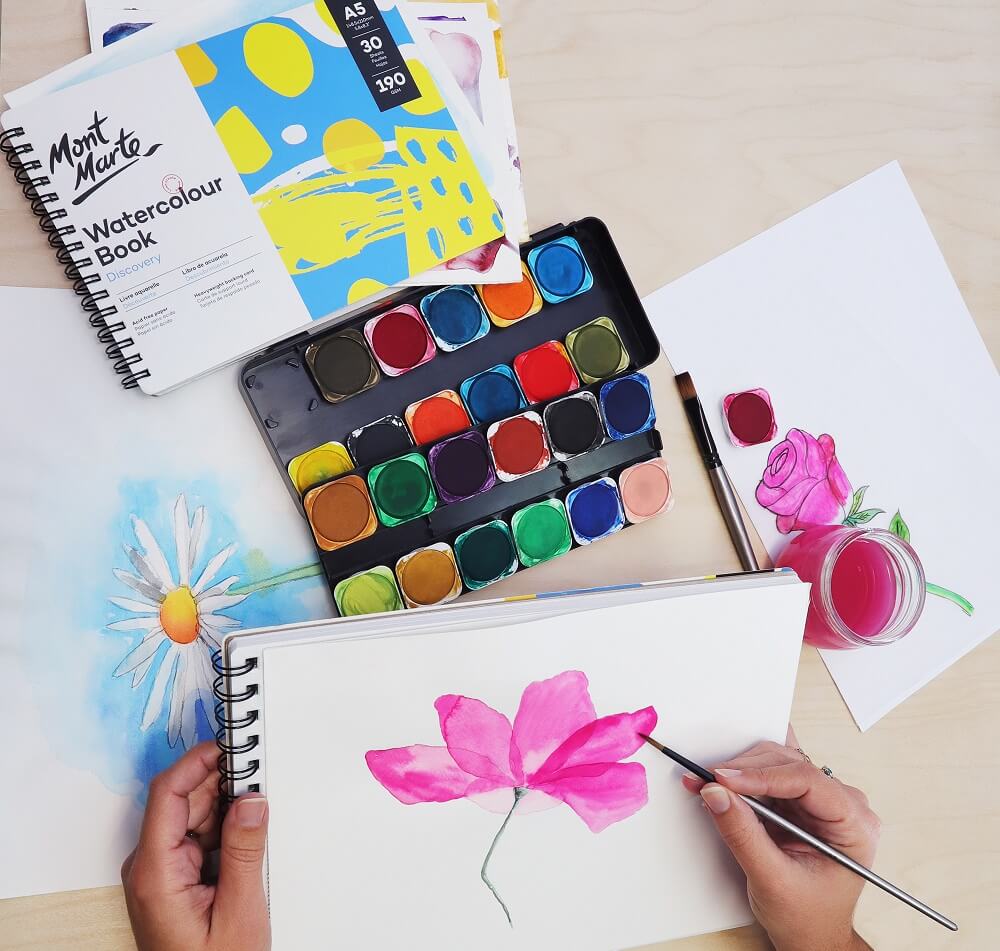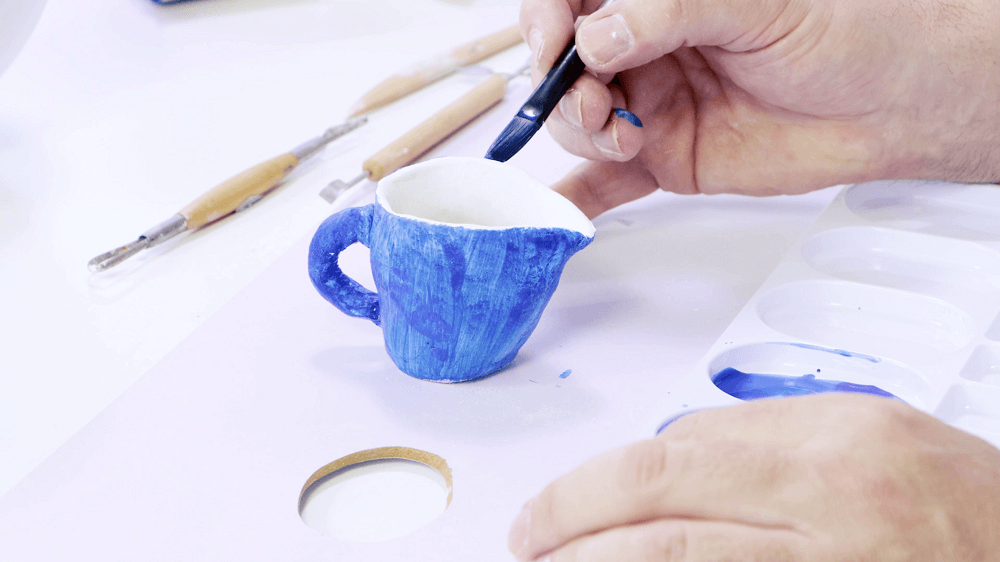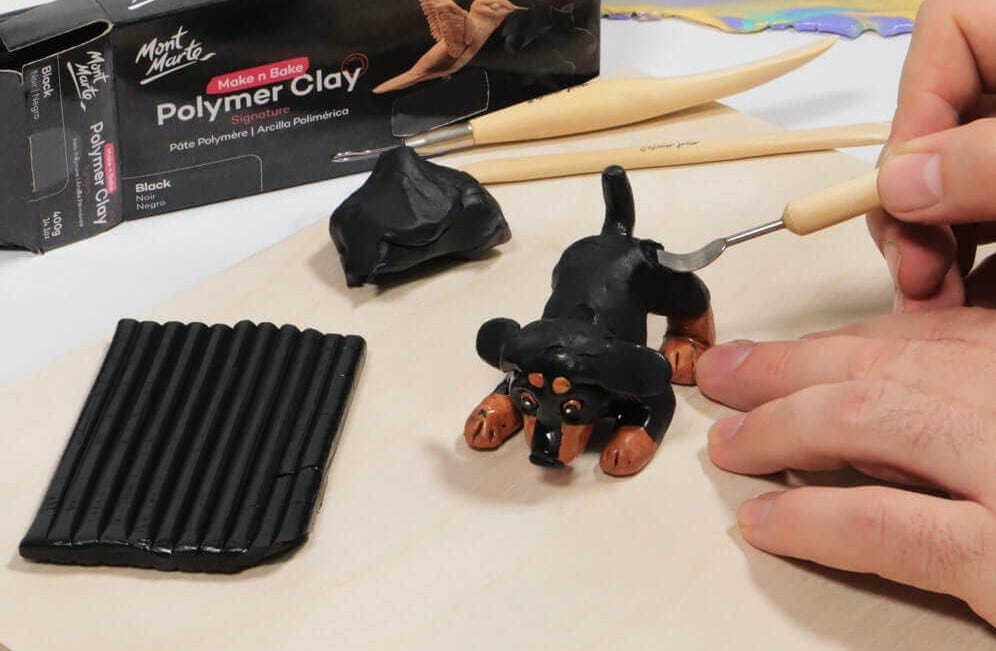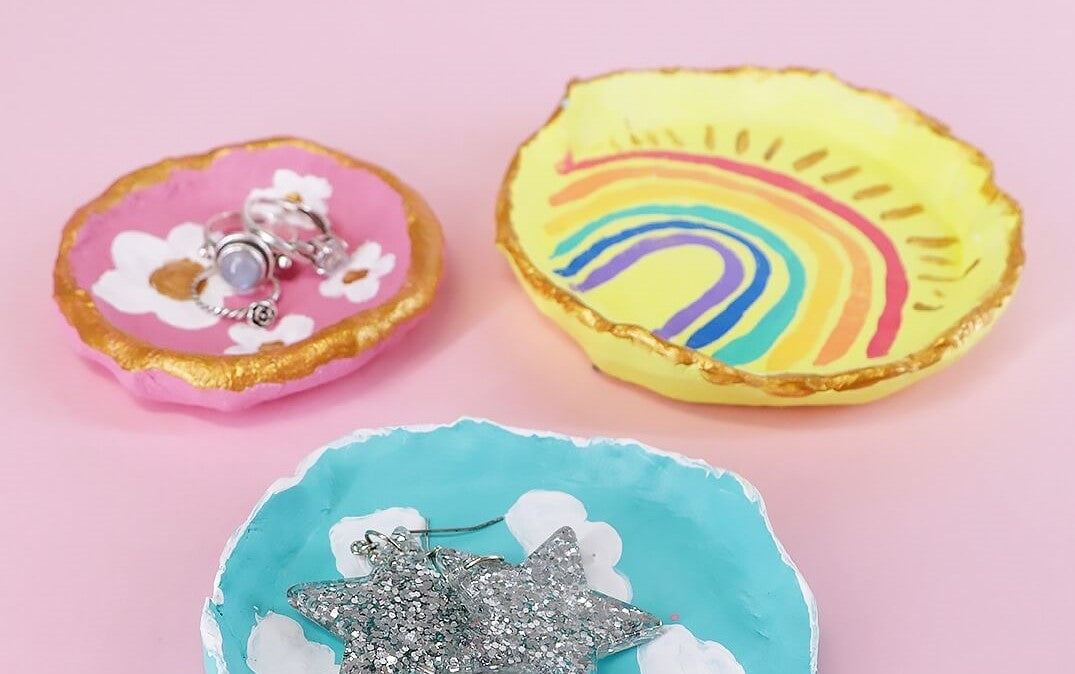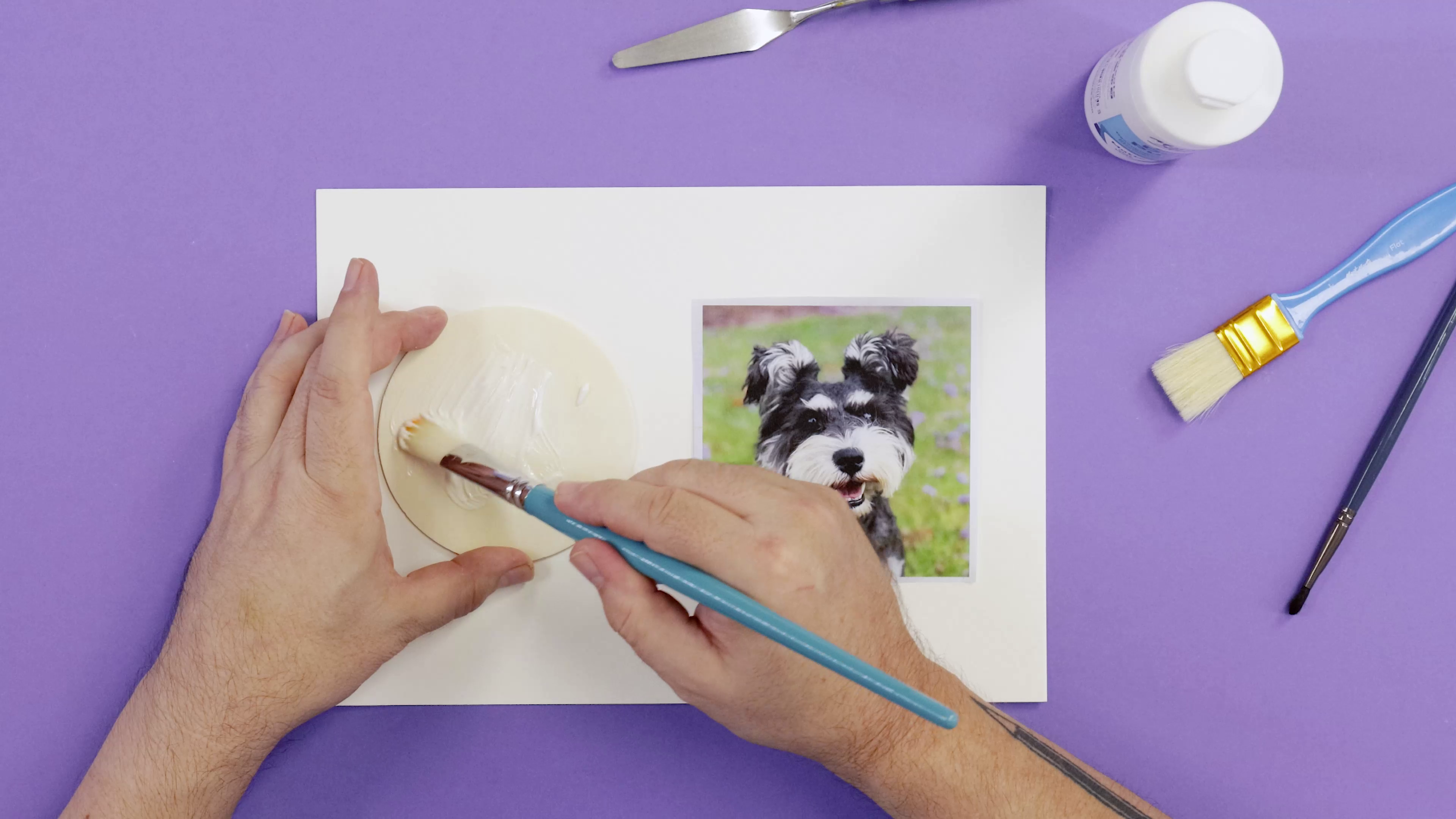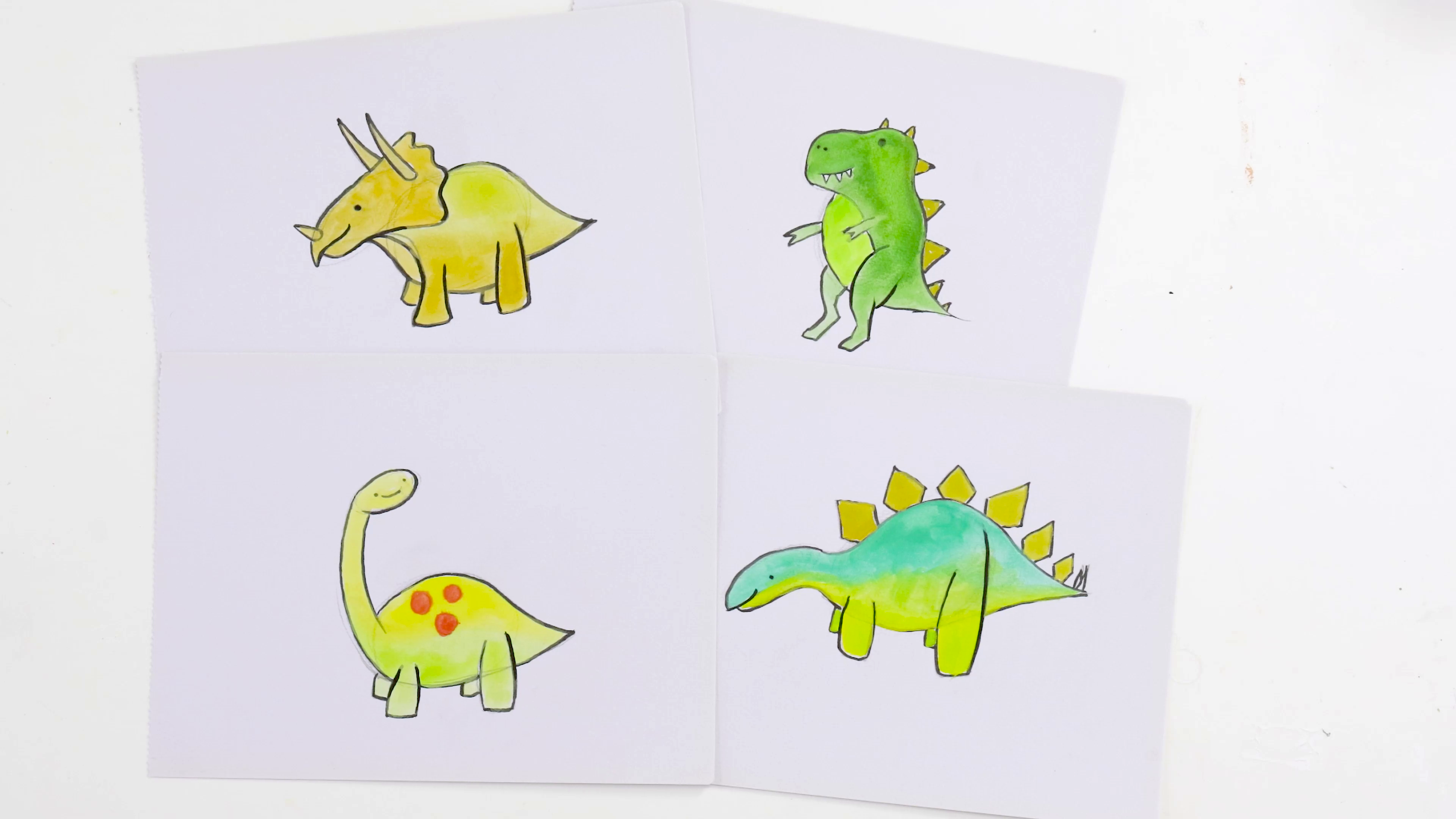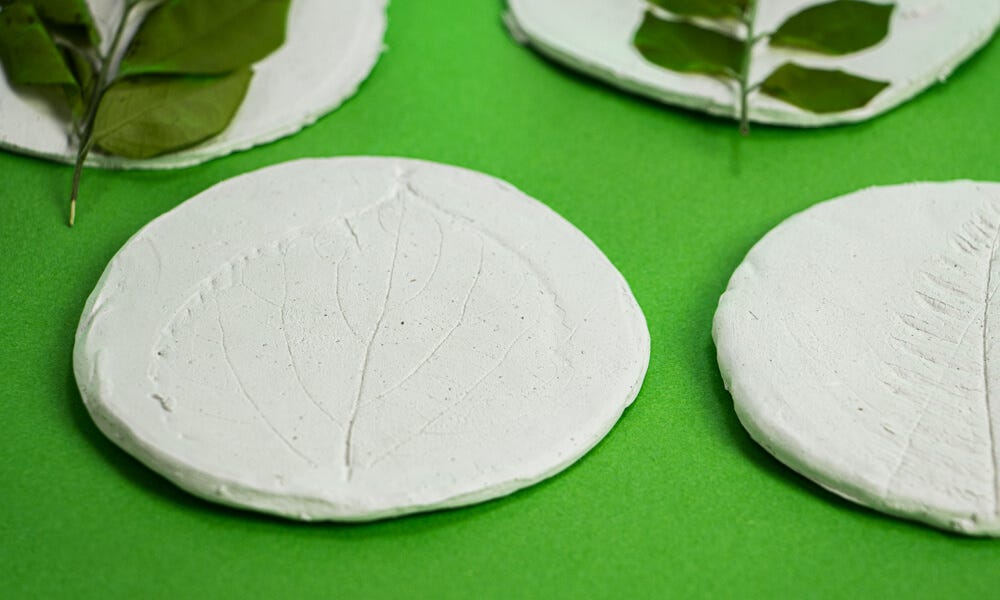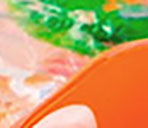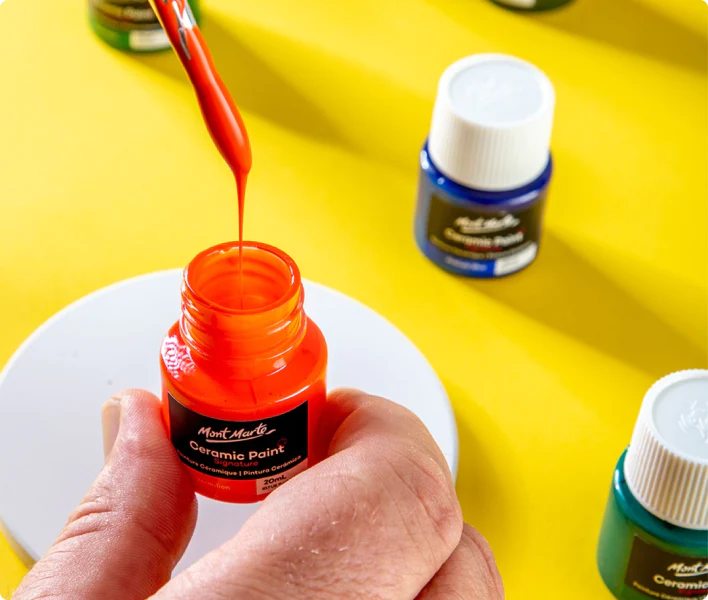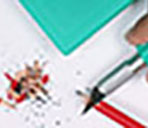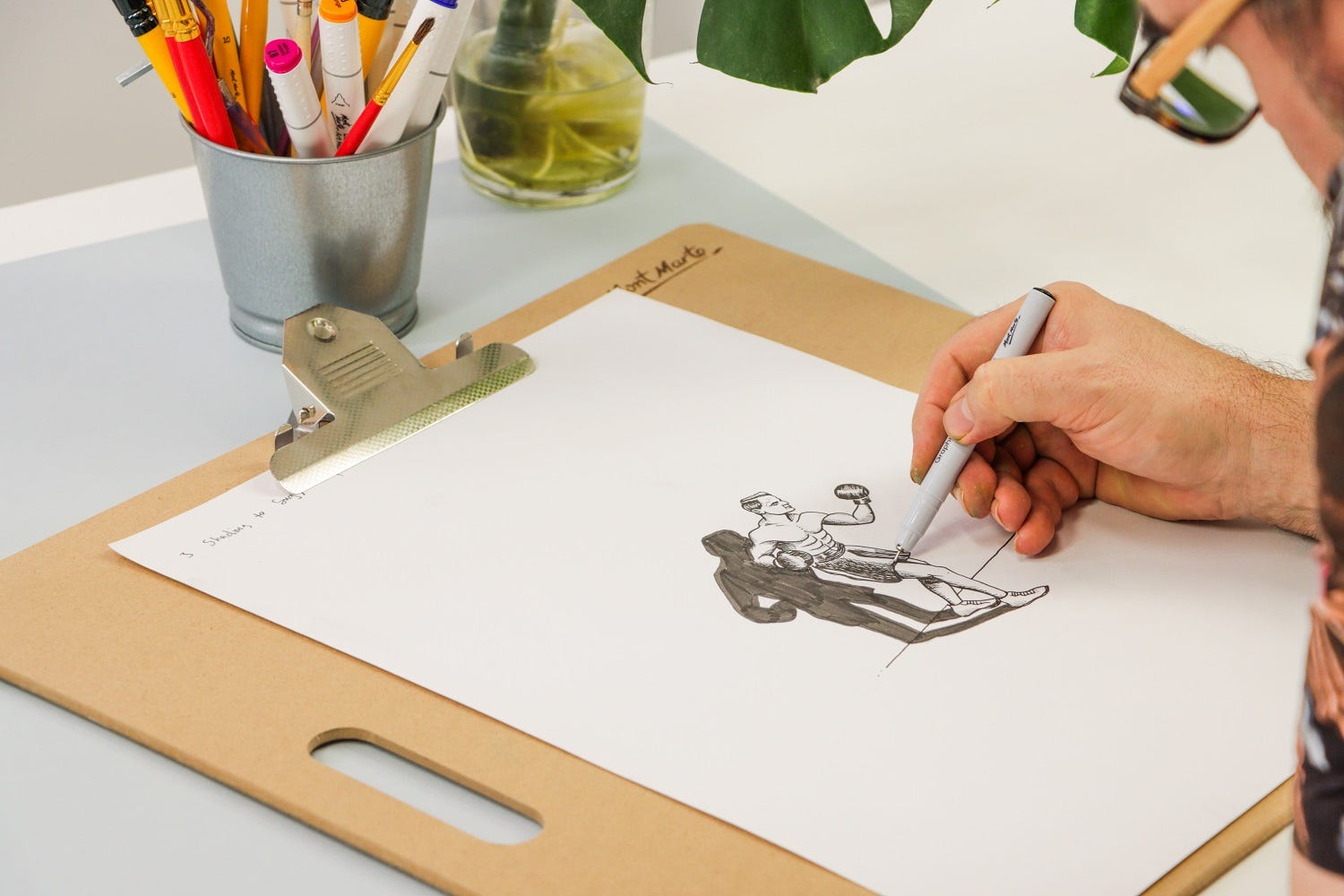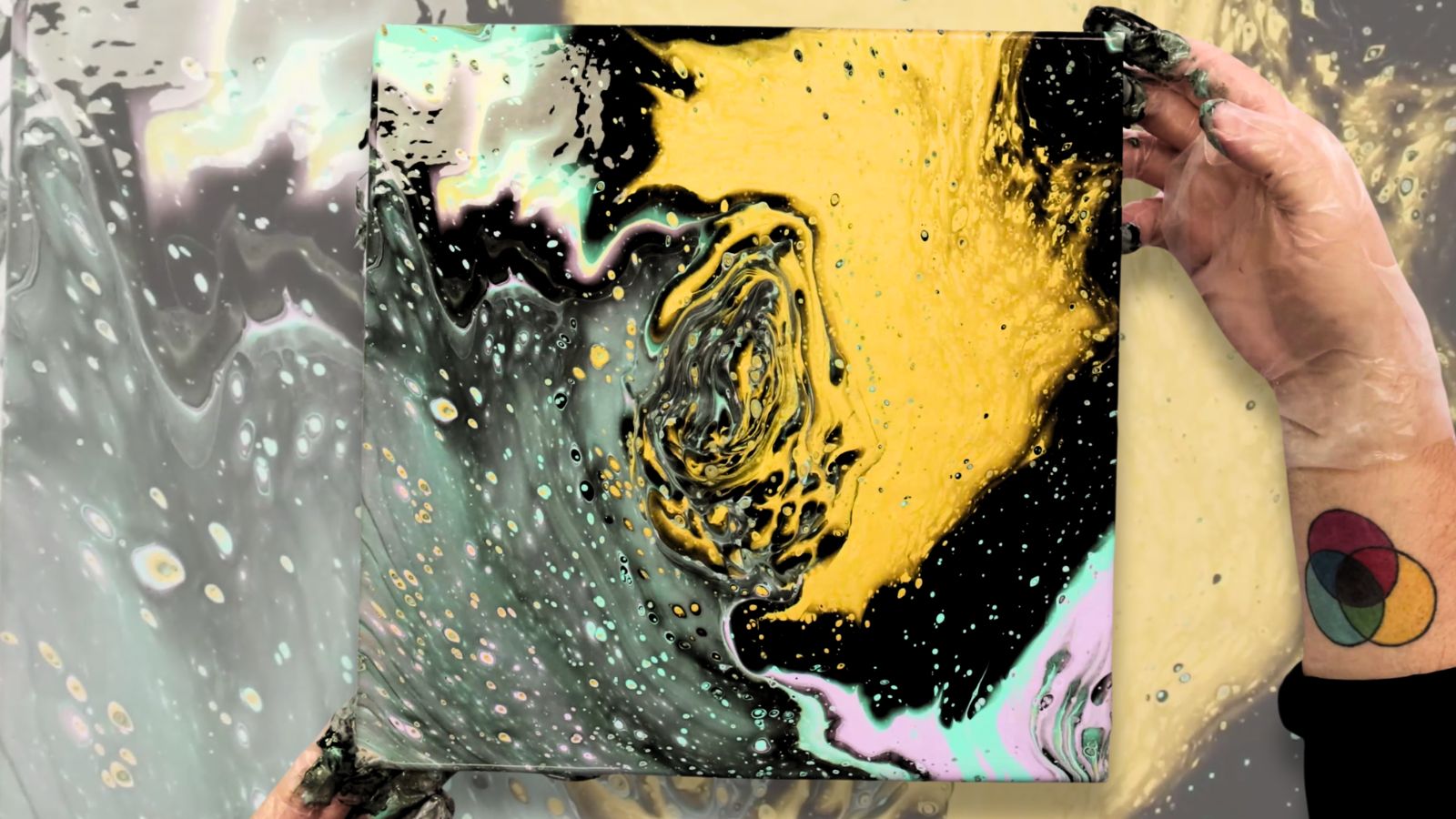While cartoons might look super simple, they can be tricky to get the hang of. From drawing bodies to adding in clothes and shading, we’re lending a hand with these 10 tips for how to draw a cartoon person.
1. Understanding proportions
One of the biggest tips for drawing cartoon people, is to understand the human proportions. A good way to remember how big to make the human form is to draw eight head-shapes or circles, on top of one another, this rule has been used by cartoon artists over the years. Many artists actually shorten the number of heads to get a more compact and humorous figure. It’s a good idea to start with eight when starting out and then reduce the number as you condense or simplify the character. You might start at eight and end up with four head proportion, or go for nine head using the superhero proportion, it’s really up to you.
2. Drawing proportions
Now we know the proportions, it’s time to draw them in. To do this, firstly we have to lightly draw in a ‘skeleton’ with lines. Draw the eight circles sitting on top of one another. In this basic realistic sizing, the neck goes half way into the second head (or circle). The shoulder blades sit in the middle of that second circle and the chest finishes at the bottom of the second circle. The torso extends to the bottom of the third circle. Then the hips finish at the base of the fourth circle. The legs then take up the last four circles with the knee lying in between the sixth and seventh circle. We can also use the head measurement rule to find the length of the arms as well. Typically, the arms hang from the shoulders and finish with the wrists level with the bottom of the fourth circle.
3. Draw in basic shapes
Now that we have the basic skeleton drawn in with basic lines, it’s time to flesh the character out. The easiest way to do this is to think of basic shapes. For example, a head becomes a circle, the torso becomes a trapeze-shape, the hips become a triangular shape and the legs and arms become cylinders. Because these shapes are a guide, be sure not to draw these shapes in too darkly, to make erasing easier down the track.
4. Look to yourself for inspo
Cartoon people obviously need to move, so understanding the way the human body moves is important here, but it’s also quite easy to create, because you can use yourself as a mannequin. Use a mirror for this and see for example, how your arms and legs are positioned when you walk past it. For action and running shots, you can film yourself or a friend running so you can see the motion in action. In the early days of animation, live action actors would actually create the movements in front of animators who were then able to sketch the correct movements. This was important for capturing the finer details like how the costume moves on the actor as well as action scenes like dancing, fighting or running.
5. Keep it simple
When it comes to a person cartoon drawing and even general cartoon drawing, it’s best to keep things simple. Cartoons certainly aren’t a fine art where everything needs to be drawn exact. For example, you may have noticed that cartoon people often only have three or four fingers, or that trees often look more like shrubs than trees with leaves and branches. Cut down on time and keep your drawings more shape-like and less detail driven.
6. Head shapes and faces
You might have drawn a circle shape for the head of your cartoon person, however you can take this a step further and turn the shape into more of a squarish, triangular or oval shape too. Think of the personality of your character, what type of person are they? This can help you decide which type of shape to use. Soft and gentle cartoon characters often have more rounded features and aggressive, evil characters tend to have more angular and jagged features.
7. Drawing clothes
While the fashionistas might rejoice at this step, drawing clothing on a cartoon person can be difficult because they’re covering the body and its form. The best way to get around this, is to first draw up the cartoon figure (see tip one) and then draw the clothes over the top. Of course, the clothing and the way that it’s drawn will be different from each person cartoon drawing to the next. If you are drawing a cartoon of a knight, the armour will stand out more than say, if you were drawing a woman wearing a tight-fitting dress. Think of what type of fabric the clothes will be made from too. Loose, long dresses might trail behind the character while, shorts will probably have little movement. Of course, clothing can be exaggerated for effect too.
8. Adding in shading
You don’t need to add a huge amount of shading to your cartoons, after all, it’s not as shadow-heavy as a still life or a realistic figure drawing, but a little shading still helps to suggest body form. After adding in rough lines, think of where the light might be coming from and where the setting might be. Sometimes, a darker line or some cross hatching in the right spot will be enough.
9. Drawing action lines
We’ve probably all seen comics or cartoons where the artist suggests movement by drawing lines near the body or figure moving. These are called action lines. Action lines can also be put in to suggest the direction of an object like a puff of smoke from a fire. These action lines are one of the wonderful things about cartoons, those lines are not there in real life but the viewer understands what they’re suggesting. Other methods are smudging or blurring lines to create movement.
10. Practice, Practice, practice
This is probably the most important tip. No one’s born an expert and no one really wakes up one morning to find that they’re instantly good at drawing cartoons, if they’ve never done it before. So, continue with your craft and don’t become discouraged if you muck up a cartoon. Just start another one! For some fun ideas, you could take a note book or visual diary with you wherever you go and practice drawing whenever you have a spare moment, draw people in your family, go to a museum and draw a statue (they’re good to practice because they won’t move), draw the old man feeding the pigeons in the park, have fun with it and just remember to keep drawing. 
For more inspiration, check out our chat with artist Ben Ross and meet his cartoony alter ego, Bennie. Or if you’re in need of a creative top up, browse our Mont Marte drawing range and restock your supplies. From coloured pencils to markers, you’ll be sure to find something.
We hope that you feel inspired by these 10 tips for drawing cartoon people. Show us what you create #montmarteart or tag us @montmarteart on Instagram or Facebook, we’d love to see what you come up with.


